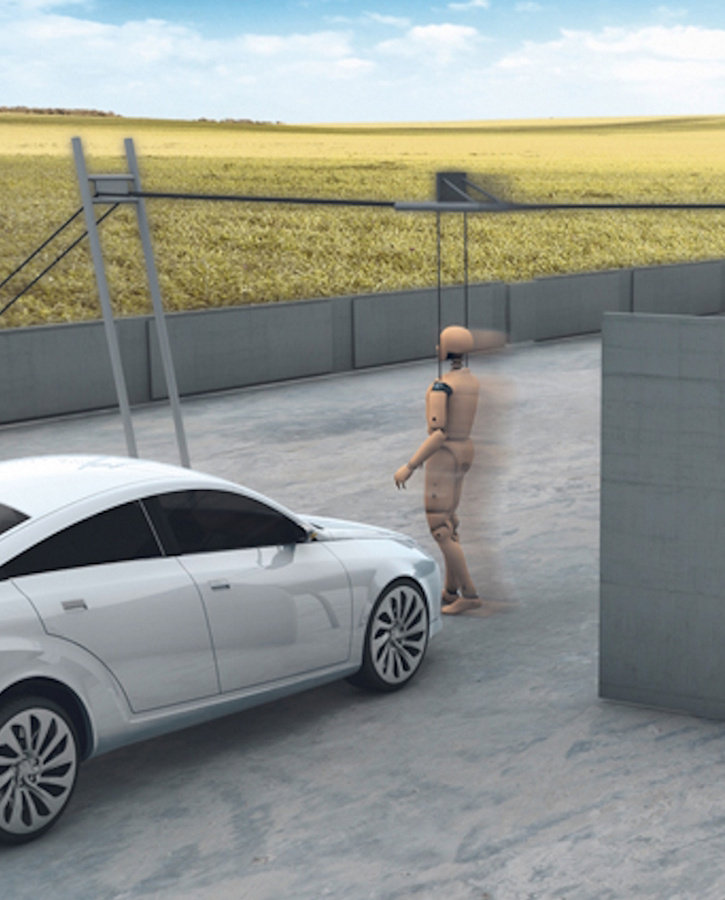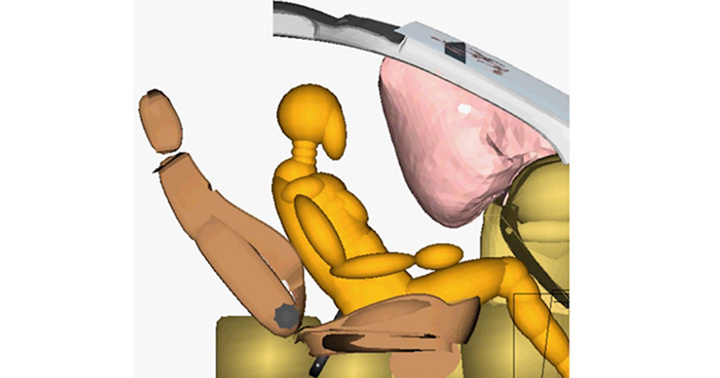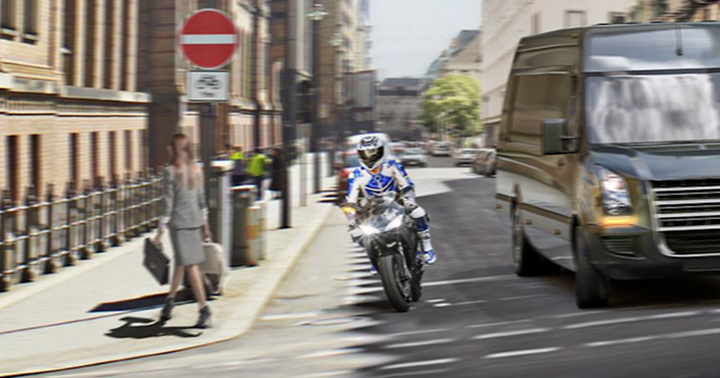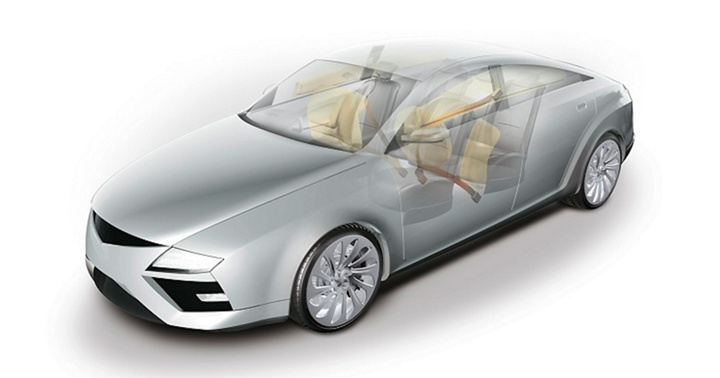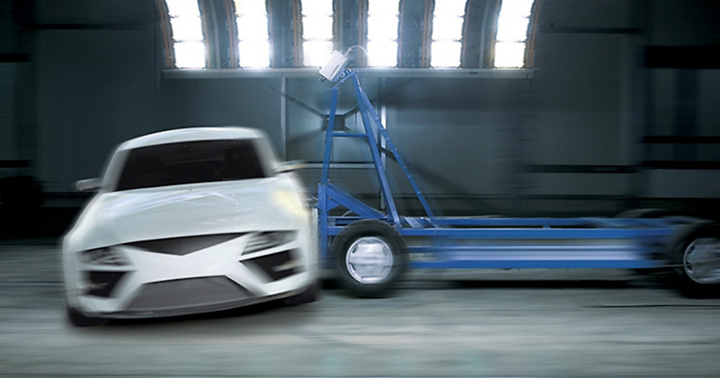Over the course of our overall vehicle development process, we define the necessary deformation zones and energy-absorbing measures in the impact area.
Numerical simulation is used to design structural parts and components with the required rigidity. Materials, wall thicknesses and designs are all carefully chosen to provide the best levels of pedestrian impact protection.
Evaluation takes the form of actual tests. Highly precise impacts representing collisions of the pelvis, leg, and head against the corresponding parts of the vehicle are performed, enabling the severity of injury to be determined and structural design further enhanced.
